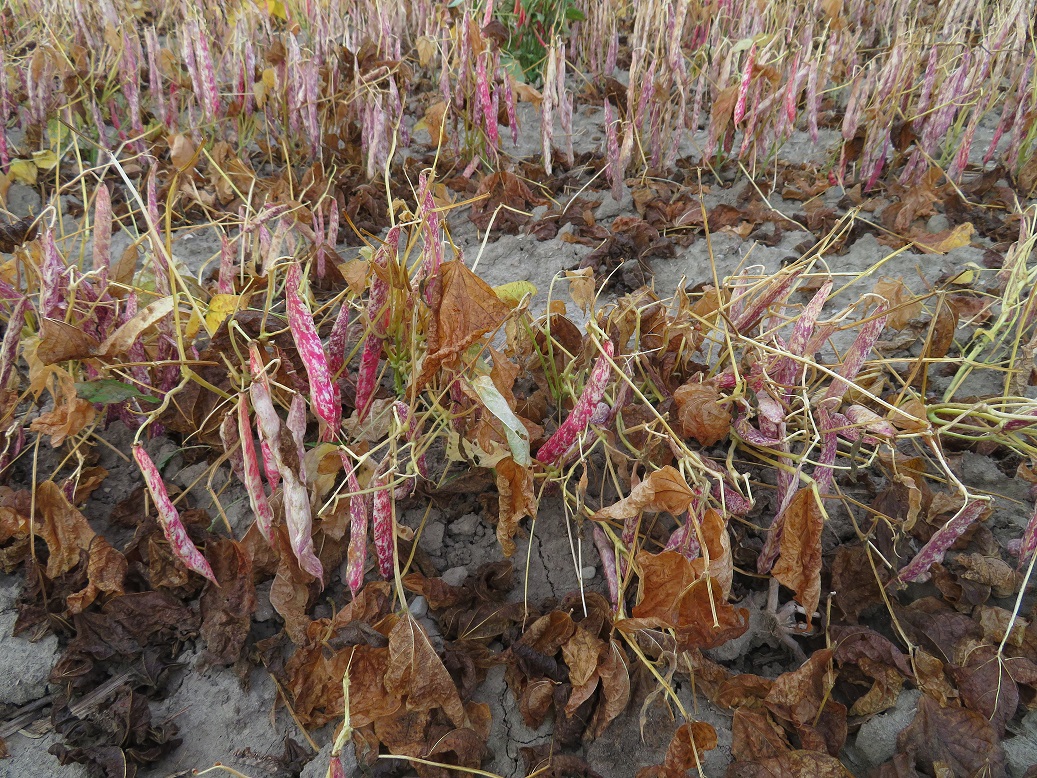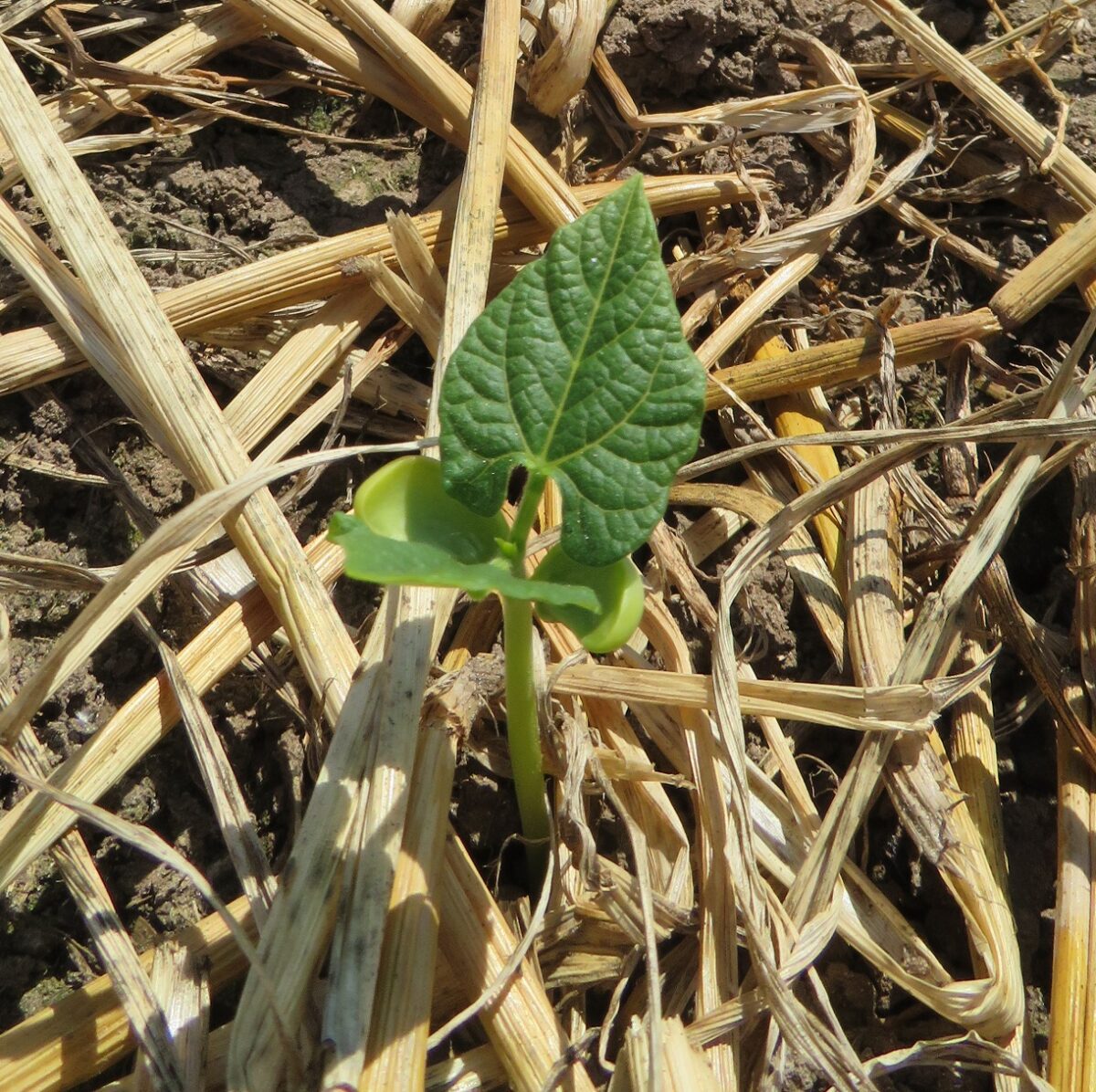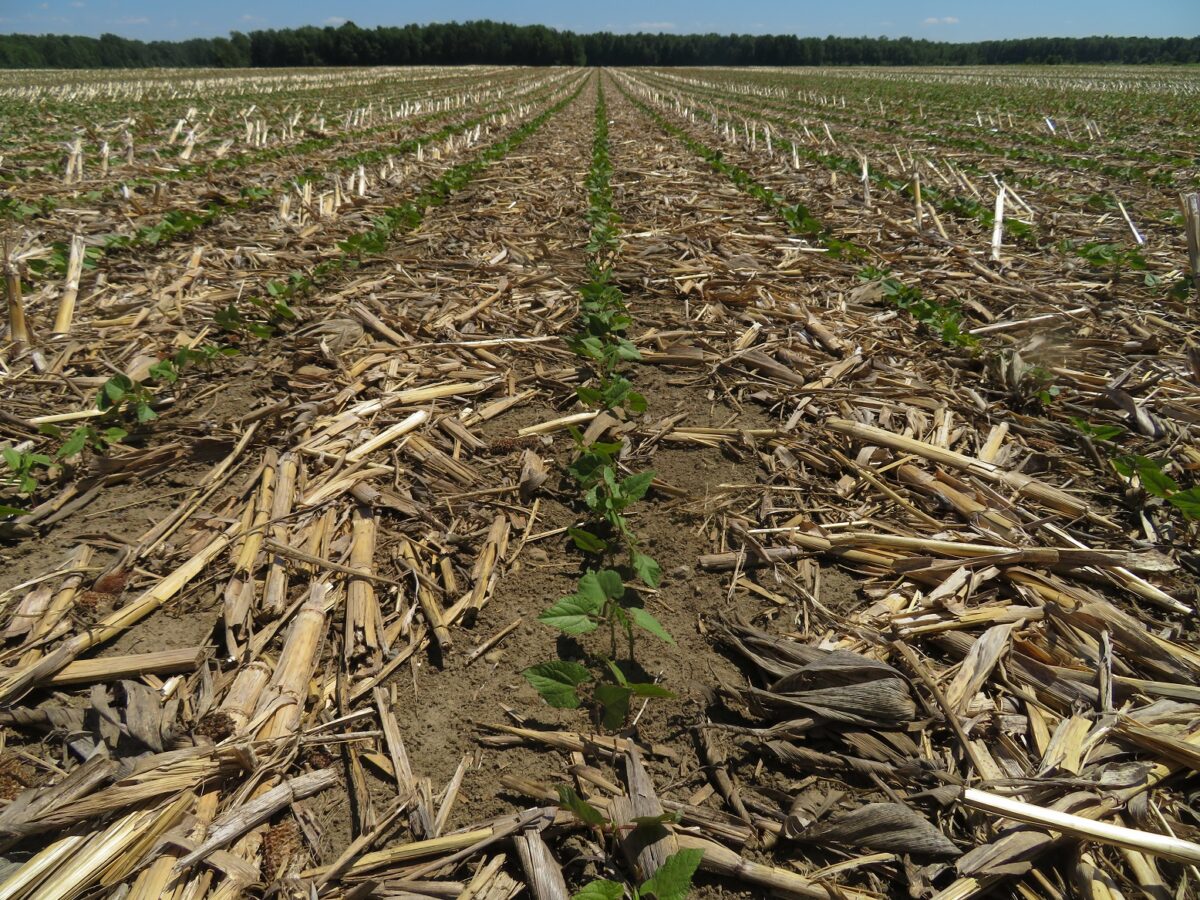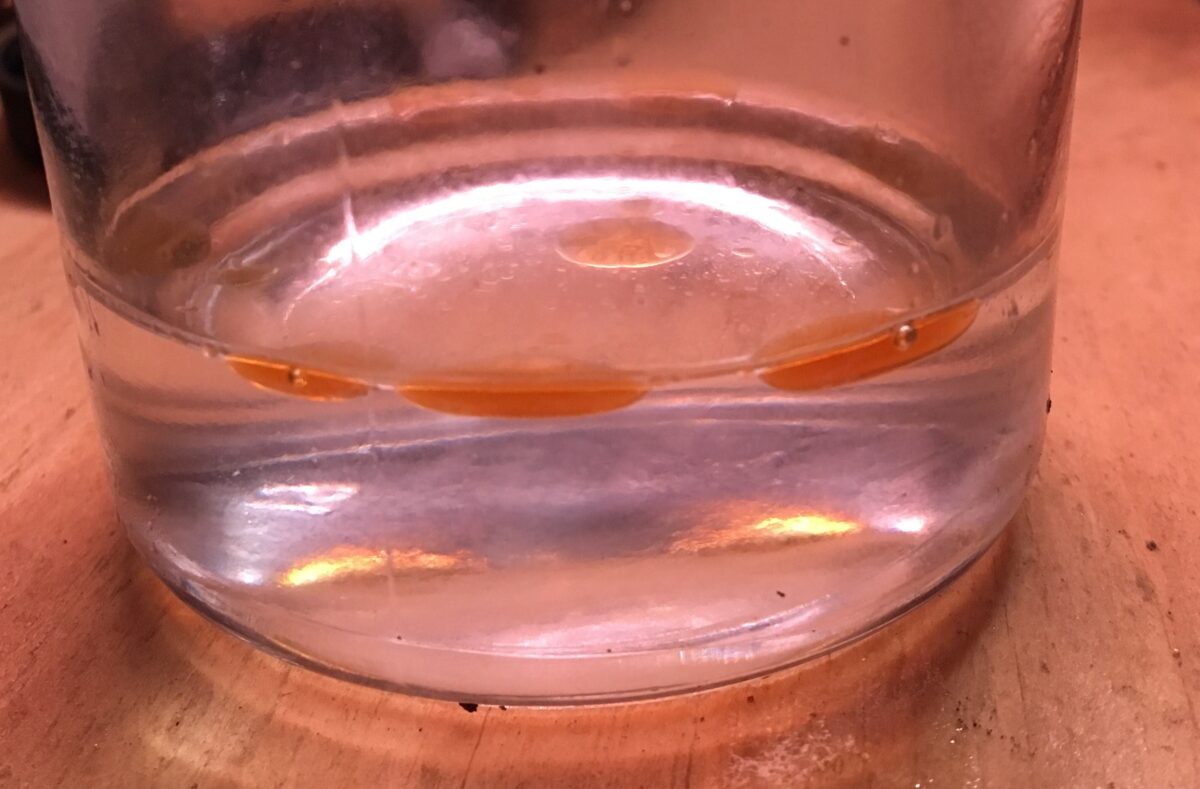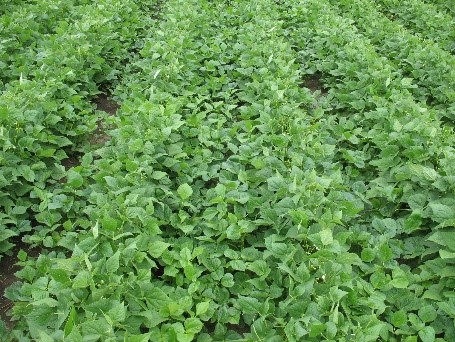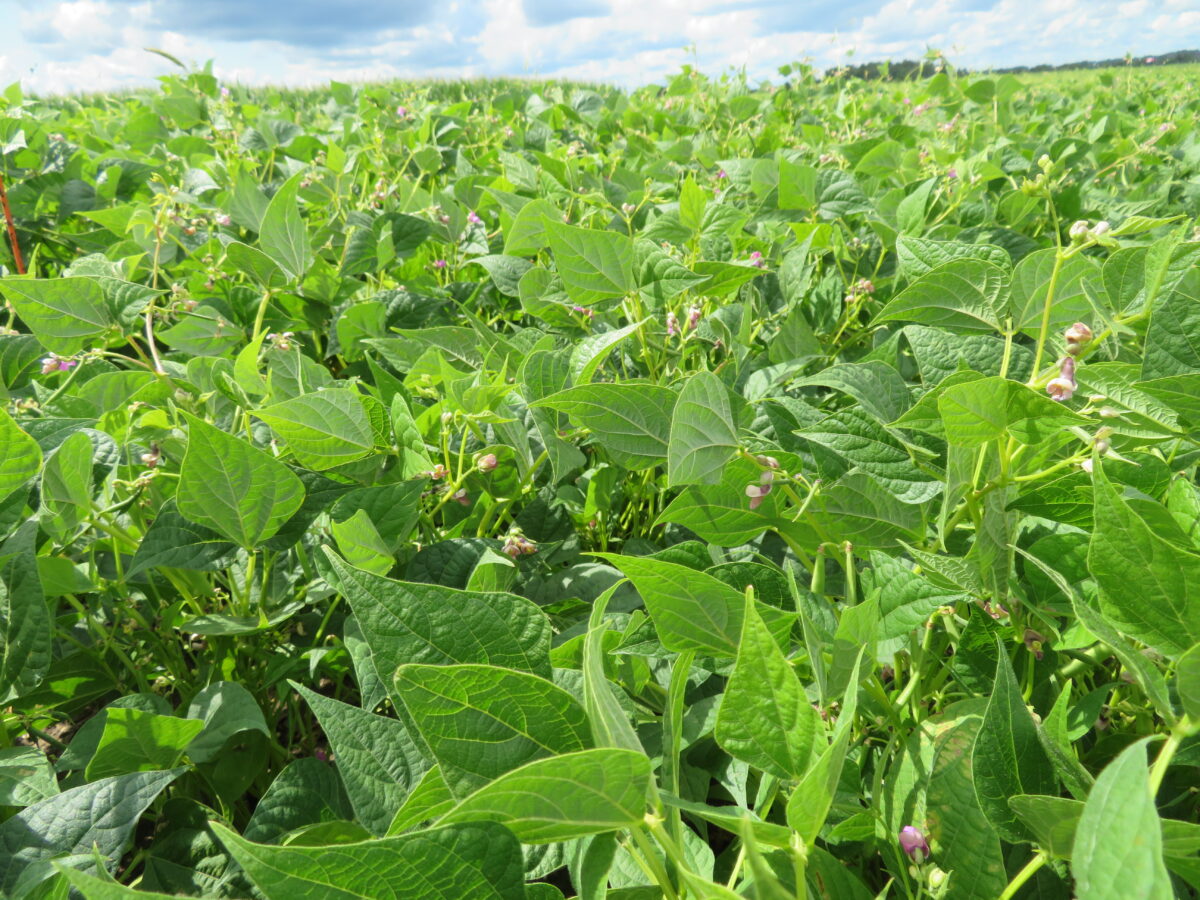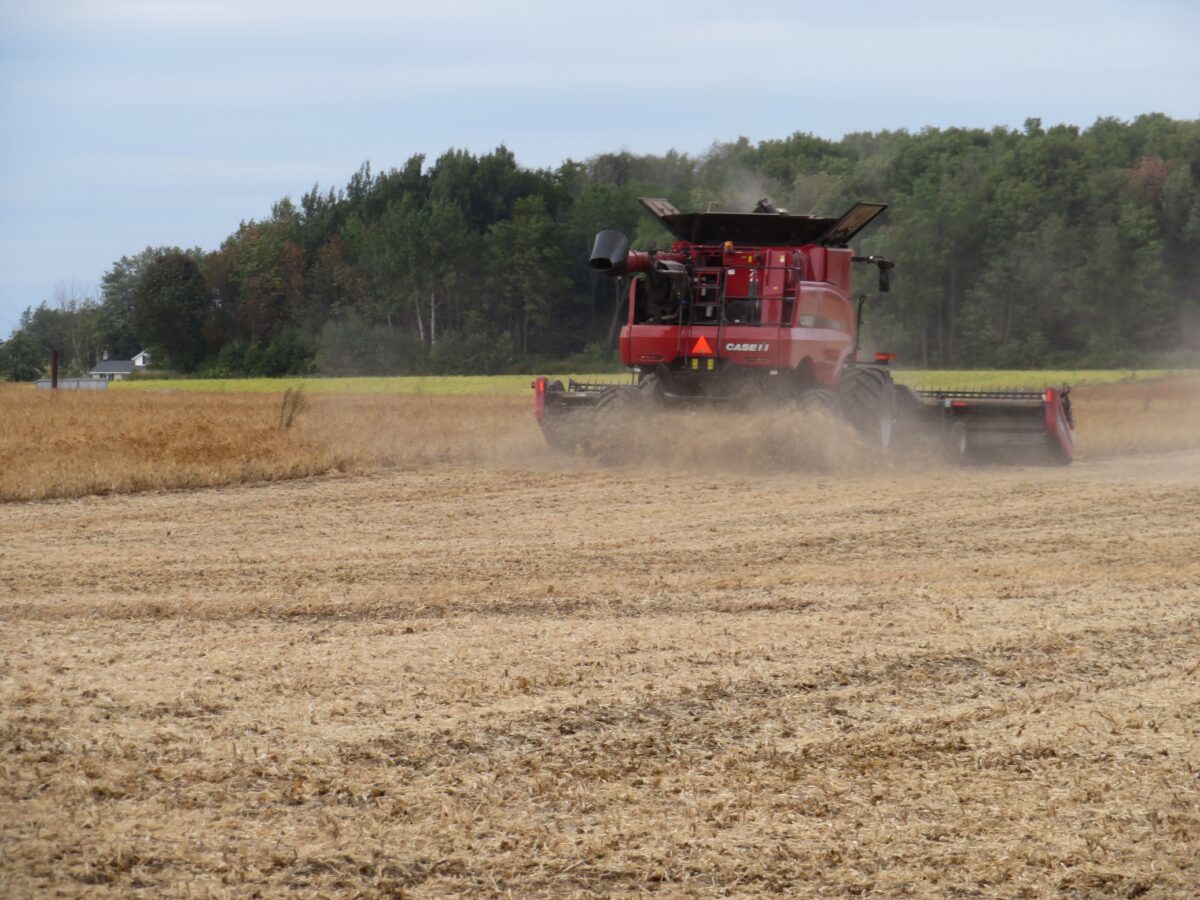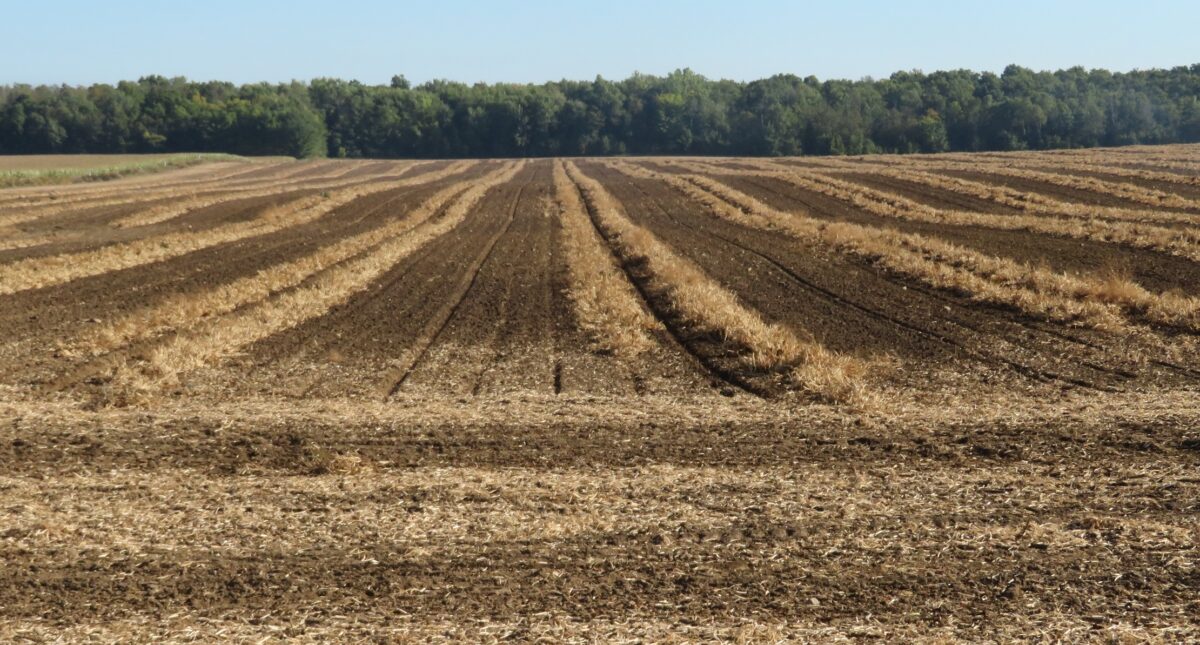Postemergence applications of Permit provide excellent control, reducing volunteer soybean plant density, plant biomass, dockage and protects yield of white beans.Continue readingVolunteer soybean control with Permit applied post-emergence in white beans
Overview Reglone is a true desiccant, used to rapidly dry down plants prior to harvest. Any green plant material contacted by Reglone will be killed. It is rapidly absorbed by foliage but has limited translocation through plants; it is a contact herbicide. There are several generic products sold in Ontario that are equivalent to Reglone.…Continue readingReglone (diquat) and Pre-Harvest Applications
Acres are limited, but dry beans are successfully grown in no-till systems in Ontario. Dry beans respond to some form of tillage in the seed zone at planting. This is largely because of their inherently small and poorly developed root system. Tillage coulters on the planting unit will provide the necessary seed-zone tillage to optimize emergence,…Continue readingNo-Till
Strip Till
Strip till systems are becoming increasingly common in Ontario dry bean production. Strip till offers the advantage of some tillage in the seed row while reducing the overall amount of tillage and leaving some residue on the soil surface. The strip tiller can be run in the fall or in the spring; some producers conduct…Continue readingStrip Till
ATS as a Herbicide Carrier
Ontario producers who want to apply sulphur in dry beans have considered using ammonium thiosulphate (ATS) as a herbicide carrier. Jar tests are a good way to evaluate mixes before putting them in the spray tank. A jar was test conducted with ATS and Dual II Magnum. In the photo below, the jar on the…Continue readingATS as a Herbicide Carrier
Introduction Azuki beans have been grown in Ontario for over two decades with an estimated 20,000 acres being grown in 2020. Acreage has continued to climb as the profitability of growing azuki beans is very attractive to growers. A better understanding of agronomic practices to produce azuki beans has spurred on growth in this niche…Continue readingVolunteer azuki bean control with Permit herbicide applied post-emergence in white beans
Although dry edible beans are legumes, they do not obtain their full nitrogen requirement through nitrogen fixation. Studies have not shown a yield benefit to inoculation with rhizobia. Ontario nitrogen research has demonstrated yield increases in some years but has not shown an economic response to pre-plant incorporated or banded nitrogen. Nitrogen applied pre-flower does…Continue readingNitrogen
Occasionally, the crop may be ready to harvest but the field, or part of the field, may still be green or weedy. Harvesting when green stems or green weeds are present may result in stained beans. Similarly, weeds with purple berries, such as Eastern black nightshade and American pokeweed, can cause severe staining. Also, secondary…Continue readingQuality Preservation at Harvest: General Description
Direct Combining
Bean types most suited to direct harvest include white beans with upright plant type, adzuki beans, black beans and pinto beans. Some larger-seeded types can be successfully direct harvested when grown in narrow row widths and harvested at appropriate seed moisture to reduce seed damage. Combine enhancements help reduce harvest losses and minimize dirt, splits…Continue readingDirect Combining
Larger-seeded beans and beans planted in wide rows are usually pulled and placed in windrows at harvest. Pulling refers to cutting the plants 3-5 cm (1.2-2.0 in.) below the soil surface and merging several of the planted rows into a single swath or windrow. Beans are pulled when 90% of pods have matured and turned…Continue readingPulling, Windrowing and Combining: General Description
